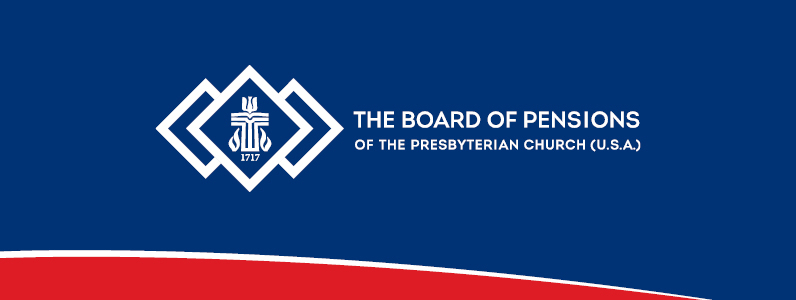Our history
For more than 300 years, The Board of Pensions of the Presbyterian Church (U.S.A.) and our predecessors have cared for generations of Presbyterian ministers, church employees, and their families.

In 1717, Presbyterians gathered in Philadelphia for the first meeting of their first synod and established the Fund for Pious Uses to care for pioneering preachers and their families. In the centuries that followed, they would set up societies to care for disabled pastors who could not support their families and, eventually, provide retirement benefits and medical coverage.
As benefits expanded so, too, did eligibility. Today, all church workers as well as employees of organizations affiliated with the PC(USA) may be members of the Benefits Plan of the Presbyterian Church (U.S.A.).
The Benefits Plan
The Benefits Plan of the Presbyterian Church (U.S.A.) took effect Jan. 1, 1987, after the 1983 reunion of the Presbyterian Church in the United States (PCUS) and United Presbyterian Church in the United States of America (UPCUSA). The Board of Pensions is the Church agency established to administer the Benefits Plan.
Since 2014, we have greatly expanded benefits to include a range of medical, dental, vision, retirement, and death and disability offerings as well as flexible spending accounts. Together with the assistance and education programs we provide, the benefits support holistic well-being, reflecting God’s desire that all people flourish.
Serve more, serve better, serve the Church
Approximately 65,000 people in the 50 states, Puerto Rico, and the District of Columbia benefit from plan membership, including:
- ministers and employees of congregations, Church agencies, mid councils, and affiliate employers — like educational institutions, camps and conference centers, retirement and senior housing communities, and human services organizations
- retirees
- family members
Still, many more ministers and employees are eligible for plan membership. We continue to extend our outreach and build awareness of the plan’s value while also expanding benefits and program offerings. And as an agency of a changing church, we encourage innovation in ministry by subsidizing ministers’ membership in the Benefits Plan. True to our past, we are serving more, serving better, and serving the Church.
